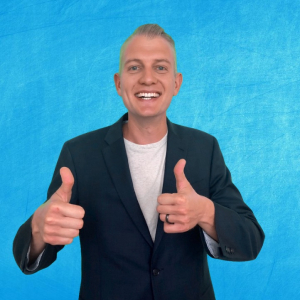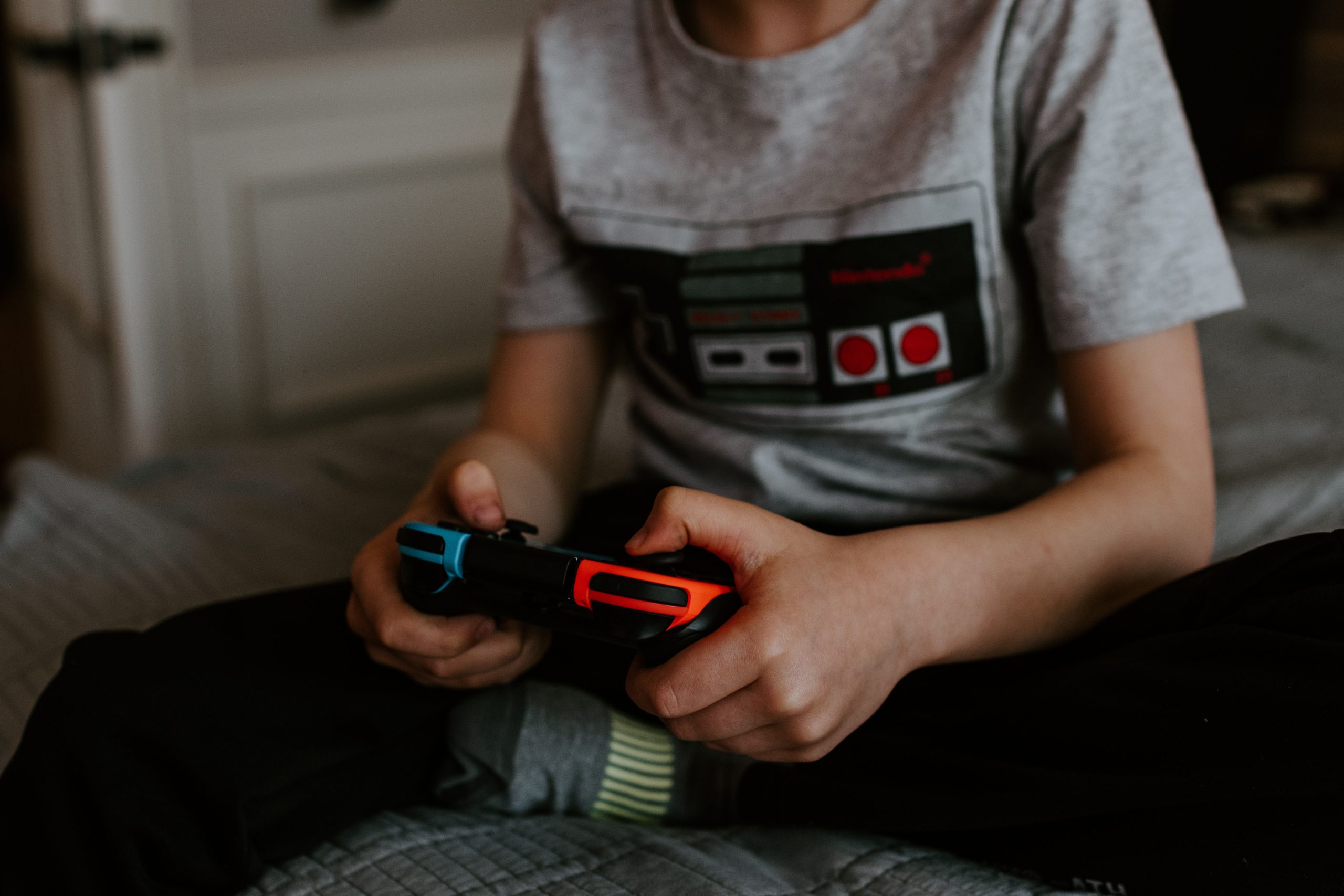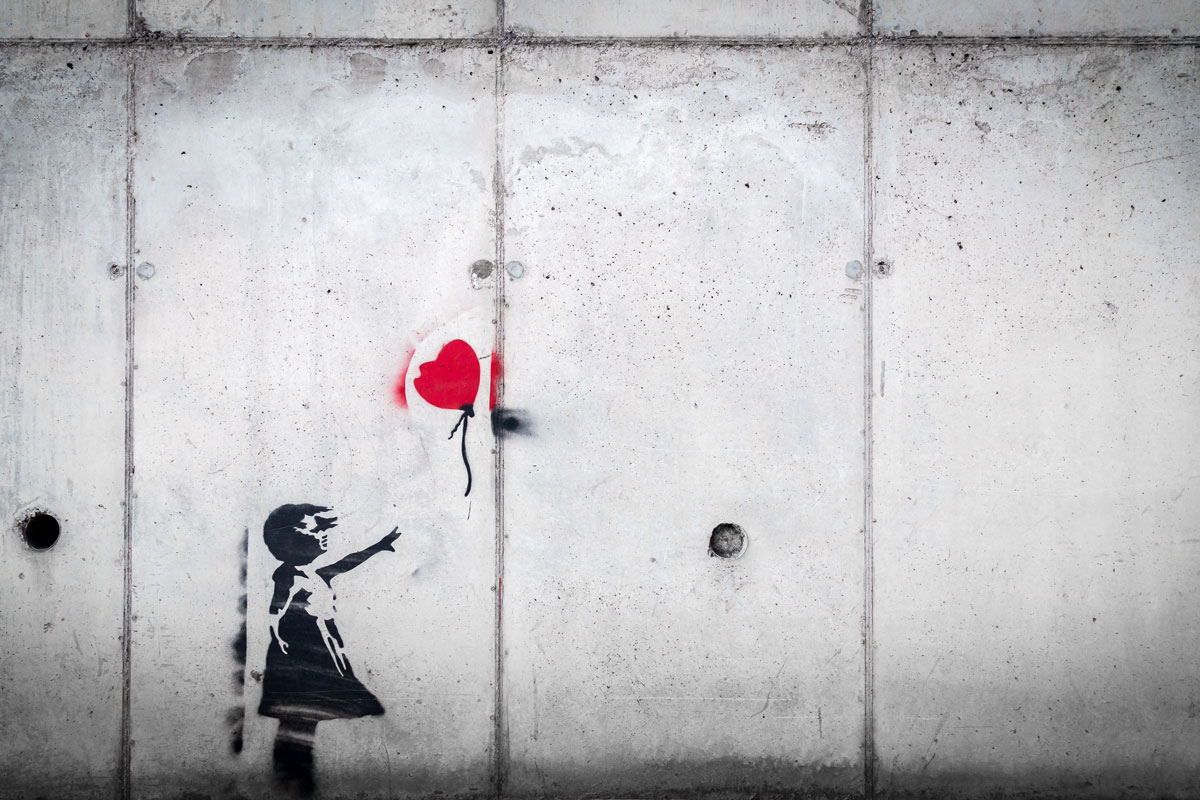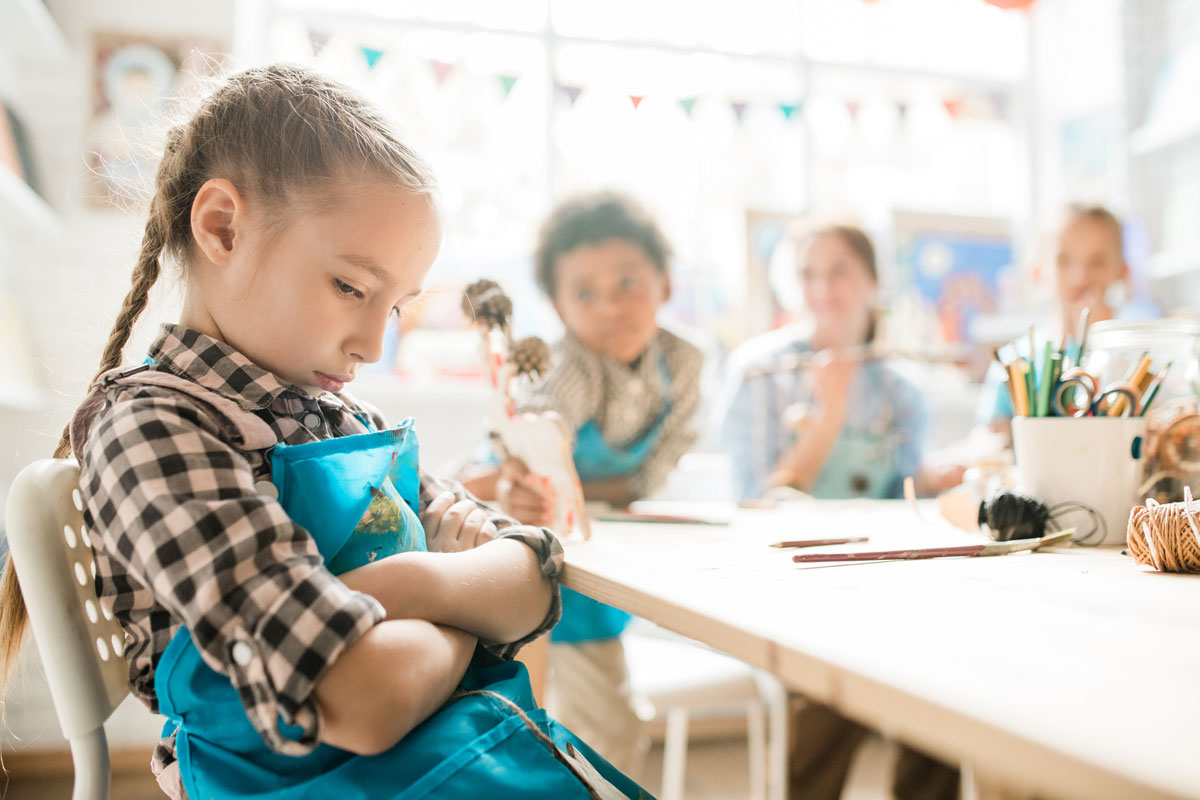Bridging the Achievement Gap with YouTube
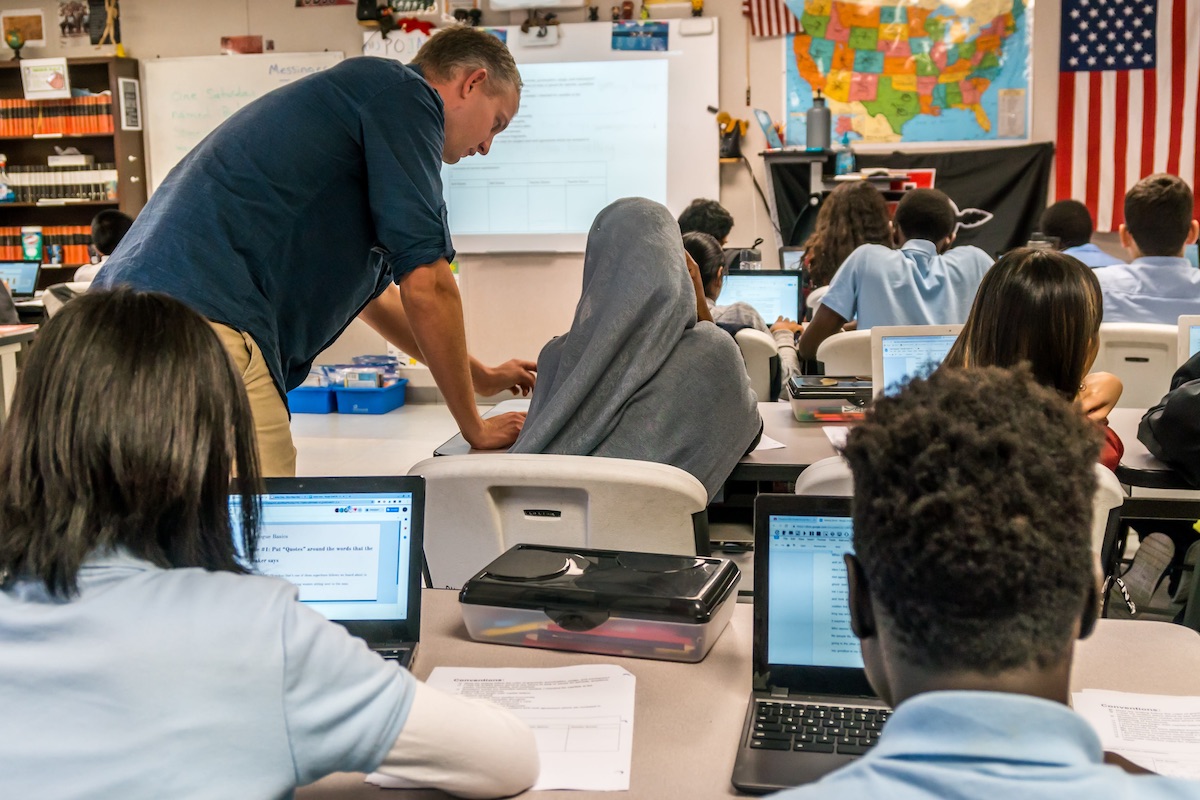
I can still remember the feeling of panic and uncertainty as my principal announced our school would be closing down for the foreseeable future and participating in distance learning. As teachers lined up at the copy machine to get packets of work ready to take home, some students cheered hoping that this would mean more soccer and video game time. Others huddled in the corners of our quad crying for both the uncertainty of their future as well as for the jobs of their parents. I walked around ensuring students and encouraging them to do their work because we would be back in school before they knew it. Yeah, I was wrong.
The Social Distancing of the Achievement Gap
Between talking to a bunch of blacked-out and muted screens with the occasional ruffling of a chip bag, a sibling dancing in the background, or students sending each other private messages, Zoom teaching just didn’t cut it for me. Not to mention all the students that weren’t on the call because of a lack of Internet, playing video games, sleeping, needing to babysit, or going to work with their parents. I slowly realized that our new format of schooling was widening the distance between many of my students and the content. I found that because most of my students spend a ton of time on YouTube anyways and know how to use the platform, it addressed issues of equity and made the learning easier to access.
Many students already had a hard time learning when they were sitting at a desk with a live teacher, an aide, and surrounded by helpful peers. Now, on top of other challenges they already face, they had to motivate themselves to learn a new online platform, deal with the fear of COVID-19, and complete their work with little to no support. Not only did barriers to teaching grow but it left many educators asking the question, how do we assess and give feedback to our students during distance learning? Over the past couple of months, the disparities of equity within education have only become more apparent.
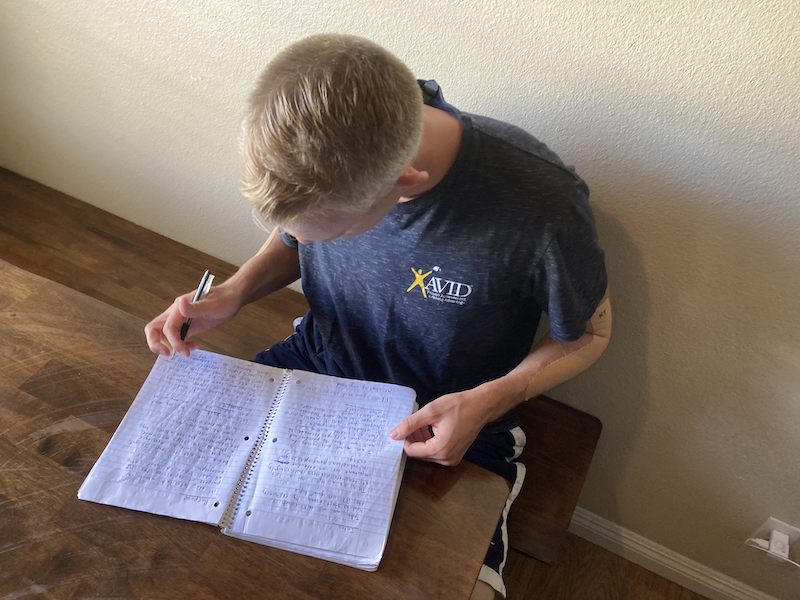
YouTube
I quickly found out that many of my students were spending an exuberant amount of time engaging with Tik Tok and YouTube. In fact, many of my students requested that I put my lessons on YouTube because it was easier to access them. I realized they might be onto something. I found that many students were unable to attend Zoom meetings for valid reasons like having to wait in line for four hours just to get toilet paper or babysitting their siblings while their parents were at work.
Recording my lessons would allow them to access the videos whenever and however many times they needed to. As I scanned YouTube, I found that there was a great need for videos that helped students walk through the writing process as well as with learning basic reading skills. Having just finished my Masters of Science in Reading at Kansas University, I decided to do something about it.
What I hoped my videos would accomplish:
- I wanted students to see my face. After weeks of learning at home, I felt it was important to feel like the instruction they were receiving was coming from a real, live person.
- I wanted to model the writing process. In my videos, I tried to not just tell students what they needed to do but actually show them by walking them through a real-life example.
- I wanted to provide visual aids. I didn’t want to just speak to my students but provide text, images, diagrams, and examples to go along with what I was saying.
- I wanted to help ALL levels. I wanted the videos to be simple enough that anyone could understand but also rigorous enough so that even the most advanced students could be challenged.
- I wanted to add humor. My goal was to make the videos engaging and interesting by adding humor and characters that would appeal to my students and engage them in real learning.
In the first video I ever posted, I breakdown for students how to plan their essay.
By posting my videos to YouTube, my goal was not only to provide lessons for my students but to also provide FREE resources to other teachers that needed it. The feedback has been very encouraging, whether it was a parent trying to help their child or a teacher looking for ways to support their students. The greatest feedback however, has been from educators that have been inspired by my videos to make videos in their content areas ranging from Math to Biology and everything in between.
My Process
With the encouragement of my wife, I turned our second bedroom into my very own recording studio. I made a greenscreen with five 67 cent poster boards and tape, bought a tripod off of OfferUp, and purchased the cheapest lights and microphone I could find on Amazon. Here is my recording process: First, I write out my script for the video. All of the videos I have made so far have been based on previous writing videos that I used in the classroom pre-COVID, which has helped in my planning process. Each video has a very clear goal whether it is to help students write a clear thesis, topic sentences, or organize a paragraph. Next, I shoot my video against my elegant and sophisticated greenscreen backdrop. I don’t memorize what I am going to say as I can simply edit out all the times I mess up or look at my paper for reminders of my prewritten script.
After that, I edit my video on iMovie. This allows me to edit the video and make it short and concise. During this time, I add whiteboard animations to my video using Videoscribe software. This part is time-consuming but I know it is well worth the effort, because it gives the visual support to my students who need it. After putting the finishing touches on my videos, I upload them to YouTube and share it with my students, other educators, and parents.
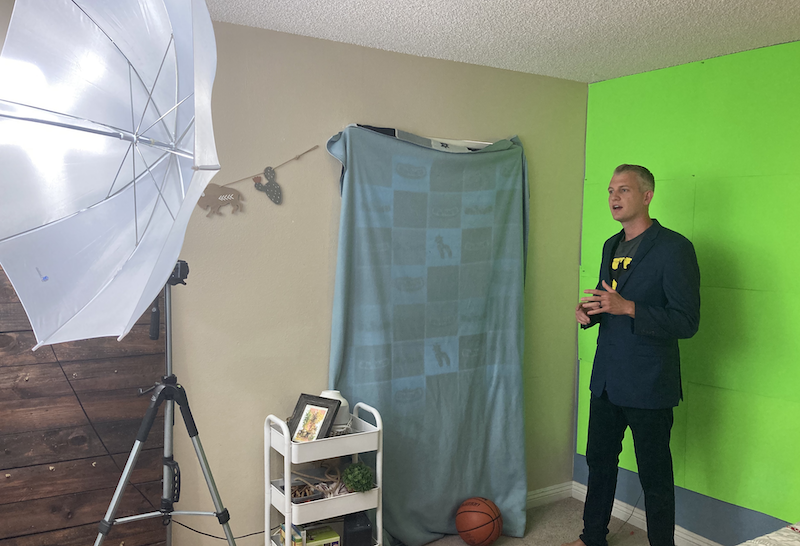
Assessment
I wanted to review not only how I use the videos but how I have assessed my student’s learning using these videos. For example, each week I had my students respond to a writing prompt on Google Classroom. After they submitted their work, I read through their writing and left private comments using my GLOW and GROW feedback sandwich format. I start off by stating an aspect of the writing that “GLOWS”, something that my student did well. Next, I point out one area that needs improvement, a “GROW,” and then wrap it up by giving the students one last GLOW. But, I didn’t stop there. I would attach a video that corresponded to the student’s GROW – that way I not only provided them with feedback on what they needed to improve, but direct instruction to help them through that process.
Also, for some of my videos, I have created Google Doc rubrics that are attached in the video description of each video I upload to YouTube. Where applicable, I would assess the writing using the rubric and share it with the student via Google Drive. This allowed them to get further feedback on how they could improve their writing.
Students were then prompted to go back into Google Classroom and use the feedback and videos to improve their writing before receiving their final grade for the assignment.
If you want to see my step-by-step process, as well as the software I use, check out this video.
What Next?
I do believe synchronous learning has its place but I found that with students inconsistent schedules, lack of motivation or siblings needing to be online at the same time, developing practices that encourage and provide high quality asynchronous learning is really important. Based on my experience, creating recorded lessons allows students to access the learning whenever they need it and tends to be more reliable.
Hopefully, we will get back to having school in-person and when we do, I will continue to use these videos to help support my students. For example, when I assign an essay, students will be able to access my channel to watch the specific videos they need to help them through the process. When students write an essay, they will be able to use this graphic organizer with embedded links. I plan to continue to use the videos along with feedback to help students improve in the skills where they are weak. Also, as new students join my class throughout the year, I envision using the videos to help catch them up and supplement any gaps in their learning. The videos can be used in line with the ideas with flipped instruction but rather than replace the classroom instruction, they can supplement it. I provide slides and Google Docs in the video descriptions of each of my lessons to even equip teachers to be able to teach the content directly to their class and then use the videos as review. The videos will never replace a real live teacher, come on, we are irreplaceable, but I hope to use these videos to help differentiate the learning and help students with their individual needs.
My goal is to try to bridge the recent widening of the achievement gap by creating visual reading and writing videos. In a time when many schools are facing an unknown amount of budget cuts, I wanted to create FREE resources to help parents, students, and teachers navigate this tough time. I also want to encourage other educators to make videos in their content areas to help their students and the greater educational community. Hopefully, we can stand together, SIX feet apart obviously, to address the distancing of the achievement gap.
This article is available and can be accessed in Spanish here.

